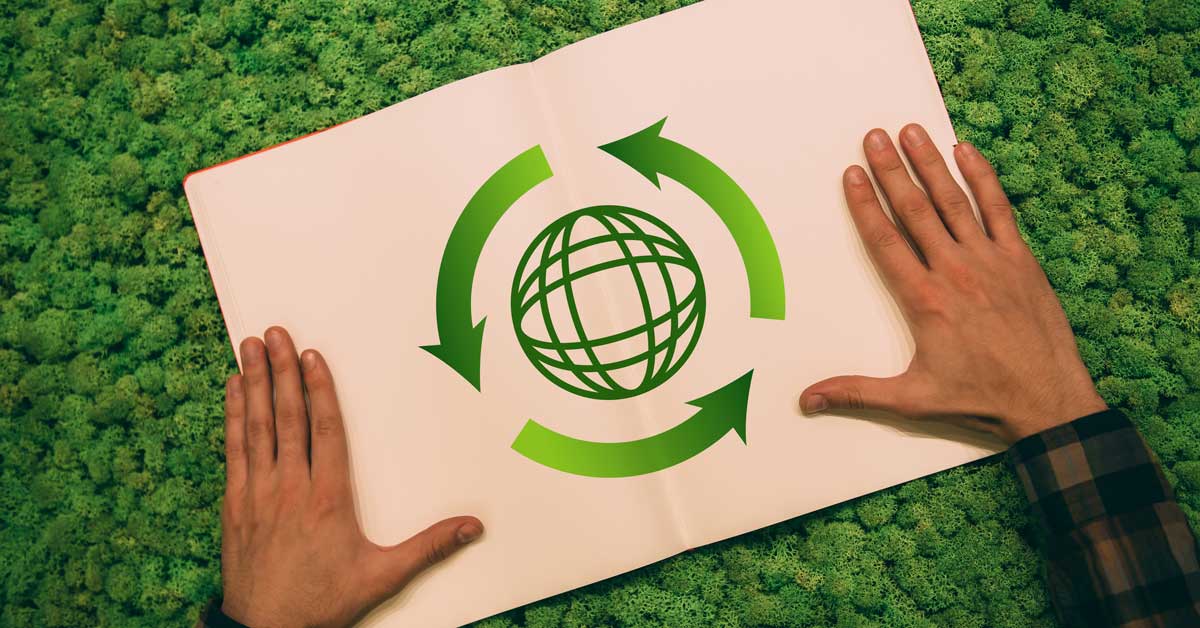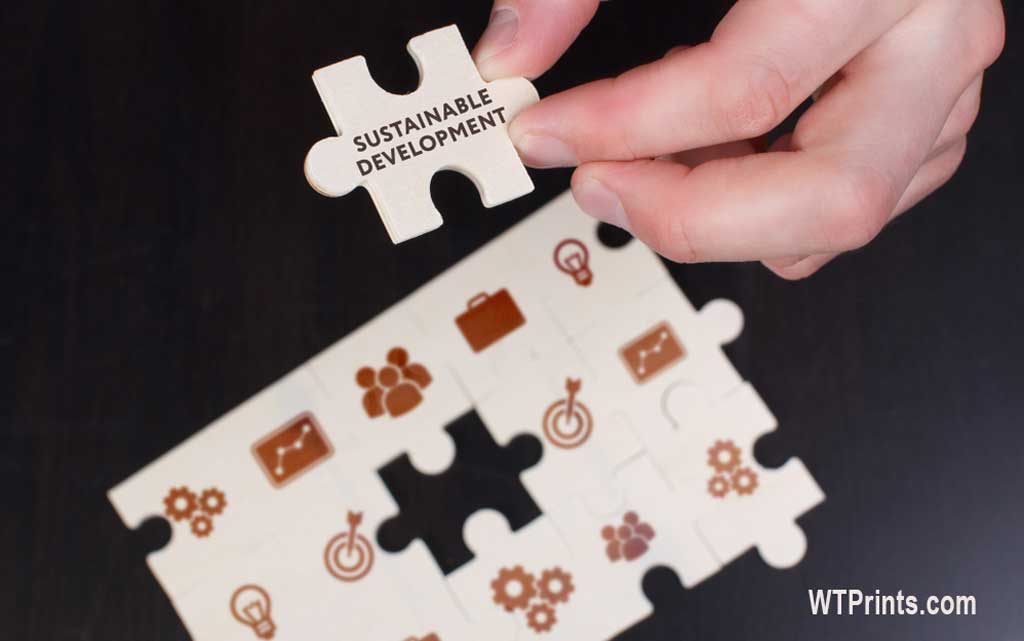There is a trending growth opportunity in print that I believe is not being exploited even close to its potential. This, even though we have the ingredients, right at our fingertips, to take advantage of this trend. It has to do with sustainability.
It's no secret that consumers increasingly demand eco-friendly products and services. They want to work with companies that have moved toward eco-friendly operations and products. And the numbers back this up.

The Profitable Trend in Sustainability
A McKinsey study on consumer sentiment found that 60% of those surveyed said they would pay more for a product with sustainable packaging. Skeptical about what consumers say about themselves, they also dug deeper to find out if consumers practiced what they preached.
Would they actually open their wallets for sustainable products and services?
Going back over five years, they found that products that made ESG claims (environmental, social, and governance) averaged 28% cumulative growth compared to 20% for products without any claims.
So, how do print service providers showcase sustainability in a way that attracts print buyers? Buyers, who like consumers, want to work with eco-friendly companies?
A Classic Story of Differentiation
Our situation reminds me of the classic advertising story about Schlitz beer. In the early 1900's Schlitz was ranked somewhere around #5 to #8 in the country. Claude Hopkins was hired to revitalize the brand.
The brewers took Hopkins through the intricate process of how they made the beer. Clearly impressed, he asked them why they didn't tell people about the rich, complex, and fascinating manufacturing technique. Their response was, "It's the same process everyone else uses." But Hopkins saw that no one was telling that story.
He quickly created an ad campaign that told stories about the rooms with pure filtered air, about glass-lined aging tanks, about how long it was aged, about the dark glass bottles, about barley, about the artesian wells supplying the plant, and more.
All the beers were selling "purity," but none were telling the story behind purity. By simply telling the mundane manufacturing story across a series of ads, it differentiated Schlitz and pushed them to #1. Hopkins knew that what we do may be ordinary or even boring to us, but not to our clients.
Which brings us to sustainability and printing.
Sustainable Printing Materials, Processes, and Technology

It used to be that offering one eco-friendly benefit, such as recycled paper, would be seen by consumers as a significant contribution to the environment. Not today.
When you think about printing today, there are many eco-friendly features in the printing process that the average consumer probably doesn't realize, yet wants to hear about. Perhaps we haven't given them much attention, either.
So, what are some of these sustainability attributes we could mention?
Most shops could probably include many, if not all, of the following:
✅ Digital workflow reduces physical proofing waste
✅ Chem-free processing of plates
✅ Non-toxic consumables
✅ Energy-efficient presses
✅ Digital short-run capabilities means reduced inventories and waste
✅ Computerized bindery equipment reduces errors and waste
✅ Computerized press equipment reduces waste, is consistent and accurate
✅ Printing on recycled paper
✅ Printing on recyclable papers and synthetics
✅ Recycling of all paper waste from press and bindery
✅ Vegetable-based inks
✅ Recycling of all inks
✅ Aqueous coatings
✅ G7 or similar printing methodology reduces waste and errors
✅ FSC certification means environmentally responsible sourcing
✅ Lean manufacturing is inherently green
Here at Western Trade Printing, we use all these elements in our commitment to sustainable practices. It goes beyond the mere use of recycled materials. It includes environmental awareness and practices at every step of the printing journey, including materials, processes, and technology.
As a trade-only printer, this means that our holistic environmental practices are your practices. They are yours to use as reasons for eco-conscious clients to do business with you. But we have to talk it up before clients will understand.
Marketing for the Sustainable Printing Company
I did a highly unscientific survey of about 20 California printing company websites to see what kind of digital footprint they have about sustainability. Of the 20, only 3 had any prominent mention of their sustainability commitment such as a link to a page in the main menu, footer menu, the sitemap, or a homepage element. That tells me that many printers are missing a golden opportunity. There is a lot more that can be done to raise awareness. Clients will never know unless we tell them.
3 Easy Eco-Friendly Marketing Wins for Print
A simple start to creating more awareness about print would be to create a page outlining the company's environmental initiatives. Then link to it in the main menu and share it occasionally on social media. We have lots of our sustainability initiatives on our WTP homepage. But I confess, there is more we can do.
Second, if you want to go deeper for some more SEO juice, a page or blog article could be written on each of the 16 points mentioned above, each linking to the main sustainability overview page. That would be more than enough to show that a company has a solid commitment, and it would push those pages higher in search results.
Third, these sustainability attributes could be included on all the print service provider's marketing material.
Being transparent about sustainability achievements builds trust with eco-conscious buyers. And as Claude Hopkins pointed out, even though everyone else may use these same printing practices, not everyone is talking about them in the context of sustainability.
The Push for Sustainable Printing Services
It's clear that the push towards sustainability is not just a fleeting trend. It's an evolution towards responsible business and environmental stewardship. Print has many environmentally friendly processes, materials, and technology to share with clients. By talking about what we already do, we can differentiate ourselves further as we attract clients who are willing to pay more.